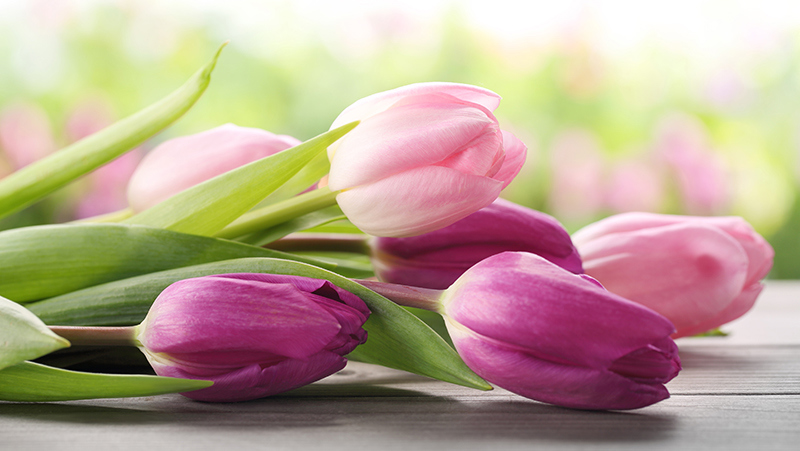Yates Account
Join now
Create a Yates account today!
Sign up to join the Yates Garden Club for monthly e-mails packed with seasonal inspiration, tips for success & exclusive promotions.
Plus if you’re a Garden Club member you can take part in the Yates Growing Community - a blog to share successes, get advice & win prizes in fun challenges along the way!

Forgot password
Enter the email address associated with your account, and we'll email you a new password.

If you can’t face the traffic and have decided to spend Easter at home, it’s a perfect opportunity to get out into the garden. You can spend some time working off the kilojoules piled on by those Easter eggs or, better still, forgo the eggs and plant spring bulbs instead.
Bulbs over eggs
Bulbs look a bit like Easter eggs – well they’re brown and some of them are vaguely egg-shaped – and there’s a wide choice available for autumn planting.
Daffodils are perennial favourites. Choose a position that gets at least half a day’s sun. Don’t forget to dig in Yates Dynamic Lifter Organic Plant Food before planting. In cooler climates, you can leave the daffodils in the same spot for a number of years, but don’t forget to feed them once they’ve finished flowering. Once they have finished flowering, top dress with Yates Thrive Rose & Flower Granular Plant Food. After flowering, the bulb does all the hard work of building up reserves for next year, so this is a vital time to fertilise.
Jonquils look a bit like mini daffodils, but they grow in a much wider range of climates. They’re a better choice for leaving in the ground from year to year as they’ll re-flower reliably each winter or spring.
Hyacinths can be grown indoors in pots or hyacinth vases, but remember to keep them in a dark place (or cover the top of the pot) until the shoot has emerged. Then gradually bring them into the light. This will help them to develop strong stems.
Tulips are happiest in cold areas. If you don’t get a cold winter, put your tulip bulbs into the fridge (not the freezer) for a few weeks before planting. Then plant them fairly late (towards the end of May) and enjoy the flower show when it arrives. After that, the simplest thing is to remove the plants and compost them. In cold areas, of course, tulips will be right at home and will last for many years.

Grow an easter basket
Instead of munching on a basket filled with sugary temptations, why not save your waistline and instead grow a hanging basket filled with cheery flowers, strawberries or healthy herbs?
The biggest problem faced by growers of hanging baskets is that the baskets are always in danger of drying that they dry out much quicker than in-ground plants. Hence it’s vital to do everything you can to prevent this. Choosing a basket that holds moisture is a good place to start. Look for self-watering baskets, which have a water reservoir in the base and their sturdy plastic construction reduces the problem of water evaporating from the sides, which can happen in porous terracotta pots.
If you prefer the look of hanging baskets with fibre liners, you can cut down on water loss by lining the sides with some sheet plastic. Poke a few holes in the base for drainage. For baskets, choose a good quality potting mix, like Yates Premium Potting Mix. Mix in some extra pre-hydrated Yates Waterwise Water Storage Crystals for added moisture retention.
When it comes to the fun planting time, choose plants that have a naturally trailing habit such as nasturtiums, lobelias, violas, mint and thyme.
















Share
Share this article on social media